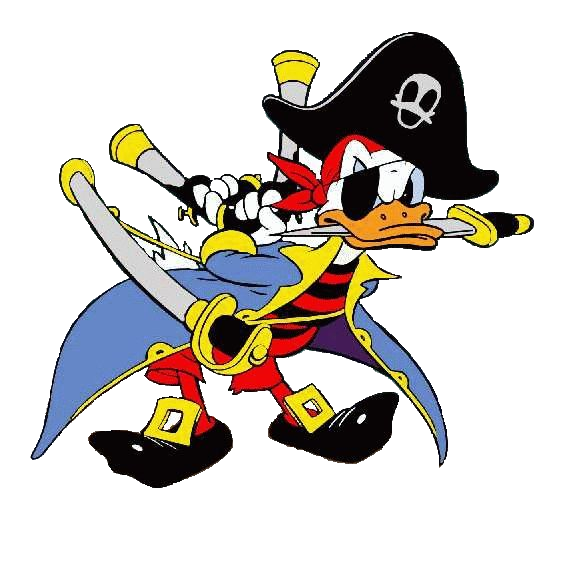Dedicated to the civilian sailing vessels and their civilian crews commissioned into service to defend the front lines of our Shores.

The Mission of the Coastal Picket Patrol:
To discover and report any evidence of enemy activity, to attack enemy forces when armament permits.
Humphrey Bogart, Ernest Hemingway, Arthur Fiedler, the Governor of Maine, and WW1 flying ace Sumner Sewall were some of the notable members of the Coastal Picket Patrol (CCP), affectionally known as the “Hooligan Navy.”
On 15 May, 1942, Admiral E. J. King, Commander-in-Chief of the United States Fleet wrote to Commander Eastern Sea Frontier, saying in parts “It has been directed that there be acquired the maximum practicable number of civilian craft that are in any way capable of going to sea in good weather for a period of at least 48 hours at cruising speeds. These craft will be acquired and manned by the Coast Guard as an expansion of the Coast Guard Reserve. They will be fitted to carry at least four three-hundred-pound depth charges and be armed with at least one machine gun, preferably 50 caliber; and will be equipped with a radio set, preferably voice.”
By early fall, 1942, the Coastal Picket organization was operating with full effect along the Atlantic seaboard and the Gulf coast. More and more men enrolled for three months for more duty, at full time and with military pay. By 18 September, there were 480 craft actively engaged in Picket Patrol in the Atlantic and Gulf, working out of more than 30 bases. The summertime yachtsmen may feel that the men in this service were fortunate to be sailing around all the time, but the service probably was the most rugged and punishing of all duty engaged in by Temporary Reservists except the weather patrol in the North Atlantic. Patrols were often dull and monotonous and many times craft would return to their bases without having seen or heard sign of the enemy or survivors. Yet, they had to be out there and, by virtue of good numbers, remain “on top1” of enemy submarines and keep them down. The larger sailing vessels without auxiliary motors, known as the “Corsair Fleet”, worked far offshore. Because they moved noiselessly through the water, they were better than motor vessels for listening; they had greater cruising radius and could stand heavy weather better than motor vessels. Time and again, when storms approached, the motor craft were ordered in, but not so the sailing vessels. Listening devices on all craft, motored or otherwise, were carefully attended, and the surface of the ocean continually watched.
Districts were set up throughout the coastal regions of the United States and beyond from the Pacific, Gulf and Atlantic and Greenland Coast. At the peak operation of the program there were 536 Coast Guard small craft of service design, 627 acquired small vessels, and 2,093 small Reserve craft, a total of 3,256 small vessels in all Districts.
A Preliminary List of Known American Sailing Vessels That Served During World War II
The Coastal Picket Patrol Fleet
Submit a name
Source: The Coast Guard at War The Temporary Component of the Coast Guard Reserve XX, January 1, 1948


Greetings, my father flew a B25 in WW11, (one of the best planes), my friends father sailed an Alden schooner in WW11 (one of the best boats) . As we were talking about our fathers service we realized that on April 18 th 1942, B25’s headed west to Japan with volunteer captains at the controls, and at the same time, volunteer captains sailed there sailboats East to meet the Grrmans.. Where did they get these men (and planes and boats)?
ZAIDA sails out of Greenport NY and has been owned by David Lish for 42 years.
The Ratsey family has no interest in the yacht at all.
I have a plaque from a 52′ ketch Felisi owned by my Grandfather. Recognizing her for her service to the Coast Guard during WWII.
I am trying to find out more about her service?
I’m looking into Carl Tucker (and his wife Marcia Brady Tucker) and found that they are connected not only to the Migrant but two other vessels. Great website, thank you!
My dad, a USCG Chief Bosun’s Mate, skippered the “Tradewind,” CGA2529, on U-boat patrol out of Camden Maine in 1942. I have a photo of the Tradewind I can scan send you
Hello,
I’m looking into Sumner Sewall’s participation, and can’t find any resources except one book talking about his serving in the Hooligan Navy. Would you please direct me toward other places I can look? Thanks.